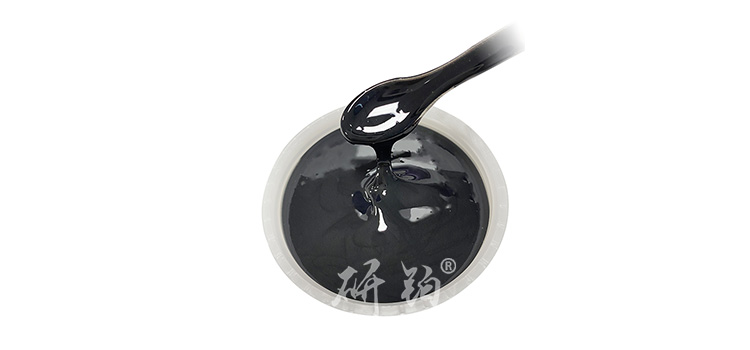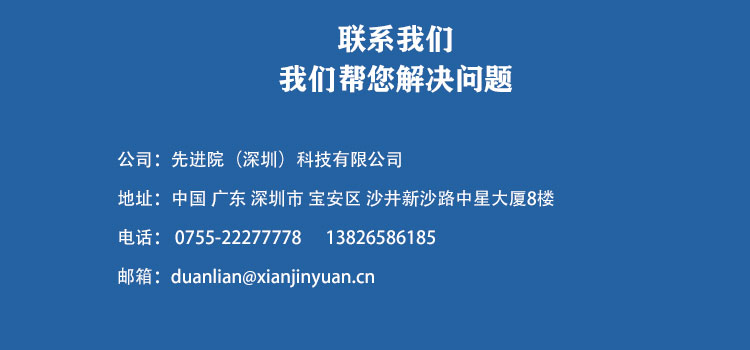

Hotline:0755-22277778
Tel:0755-22277778
Mobile:13826586185(Mr.Duan)
Fax:0755-22277776
E-mail:duanlian@xianjinyuan.cn
Platinum powder, as a key material, plays an important role in many electrochemical applications such as fuel cells, electrochemical sensors, and electrolytic cells. Its conductivity has a crucial impact on the performance and efficiency of these applications. Improving the conductivity of platinum powder can not only enhance the overall performance of electrochemical devices, but also reduce costs and improve energy utilization efficiency to a certain extent. Therefore, research is being conducted on how to improve itPlatinum powderThe conductivity in electrochemical applications has important practical significance.
Nano level platinum powder has a larger specific surface area, which can shorten the electron transport path and effectively improve conductivity. By optimizing the preparation process, such as using chemical reduction method, physical vapor deposition method, etc., the particle size of platinum powder can be precisely controlled to reach the nanoscale. For example, in the chemical reduction method, by adjusting the precursor solution concentration, reducing agent type and dosage, reaction temperature, time and other parameters reasonably, nano platinum powder with small particle size and uniform distribution can be prepared.
The crystal structure of platinum powder also has a significant impact on its conductivity. Research has found that platinum crystals with specific crystal orientations have better electronic conductivity. By using additives, templates, and other methods, platinum powder is induced to form a crystal structure that is conducive to electron conduction. For example, in the preparation process, certain organic molecules are added as templates to guide platinum atoms to grow in specific directions, forming crystal structures with preferred orientations, thereby improving electron mobility.
Removing impurities, oxide layers, and other pollutants from the surface of platinum powder can reduce surface resistance and improve electron transfer efficiency. Common methods include acid washing, ultrasonic cleaning, etc. Acid washing can use acid solutions of appropriate concentration, such as dilute hydrochloric acid, dilute nitric acid, etc., to remove surface metal impurities; Ultrasonic cleaning utilizes the cavitation effect of ultrasound to effectively remove organic matter and small particles adsorbed on the surface of platinum powder. In addition, through electrochemical activation treatment, such as cyclic voltammetry scanning in a specific electrolyte, more active sites can be generated on the surface of platinum powder, promoting electron transfer.
Coating a highly conductive material on the surface of platinum powder, such as carbon materials (graphene, carbon nanotubes, etc.), metals (silver, copper, etc.), or conductive polymers, can form a continuous conductive network and reduce charge transfer impedance. For example, using chemical deposition method to uniformly coat a layer of graphene on the surface of platinum powder, graphene's excellent conductivity can provide a fast conduction channel for electrons, and its unique two-dimensional structure can also increase the specific surface area of platinum powder, further enhancing electrochemical activity.
Combining platinum powder with other highly conductive materials is an effective way to improve its conductivity. For example, willPlatinum powderComposite with carbon nanotubes, carbon nanotubes have extremely high aspect ratios and good electrical properties, which can build conductive bridges between platinum powder particles and enhance electronic conductivity. During the preparation process, physical mixing or chemical synthesis methods can be used to uniformly load platinum powder on the surface of carbon nanotubes or fill their internal pores, forming an efficient conductive network.
By doping a small amount of other elements into the lattice of platinum powder, its electronic structure is changed, thereby improving its conductivity. For example, doping with elements such as boron and germanium, whose outer electronic structure is different from platinum, will introduce additional electrons or holes into the platinum powder lattice after doping, promoting the movement of electrons. The doping process requires precise control of the type, content, and distribution of doping elements to ensure that the conductivity is improved without affecting other properties of platinum powder.
In the process of chemical synthesis of platinum powder, precise control of reaction conditions is the key to improving conductivity. For example, in chemical reduction methods, selecting appropriate reducing agents and precursors, controlling reaction temperature, pH value, reaction time and other parameters can prepare platinum powder with high crystallinity, uniform particle size and good dispersion, thereby improving its conductivity. In addition, special chemical synthesis methods such as microemulsion method and sol gel method can better control the nucleation and growth process of platinum powder and obtain platinum powder with excellent electrical conductivity.
Advanced physical preparation techniques such as Physical Vapor Deposition (PVD) and Chemical Vapor Deposition (CVD) can precisely control the growth and structure of platinum powder at the atomic scale, producing platinum powder films or particles with high orientation and uniformity, significantly improving their conductivity. For example, magnetron sputtering technology, as a commonly used PVD method, can deposit high-quality platinum powder films on substrates. By adjusting sputtering parameters such as sputtering power, gas flow rate, sputtering time, etc., the thickness, grain size, and orientation of the platinum powder film can be controlled to optimize its conductivity.
Improving the conductivity of platinum powder in electrochemical applications is a comprehensive technical problem that requires multiple aspects such as material structure optimization, surface treatment, composite and doping, and preparation process improvement. Through continuous exploration and innovation, and the comprehensive application of various technological means, it is expected to further improve the conductivity of platinum powder, thereby promoting technological progress in the fields of electrochemistry such as fuel cells and electrochemical sensors, and providing strong support for achieving efficient energy utilization and sustainable development. In the future, with the continuous development of materials science, nanotechnology and other related fields, it is believed that more novel and effective methods will be developed to further improve the performance of platinum powder in electrochemical applications.
The above data is for reference only, and specific performance may vary due to production processes and product specifications.

Advanced Institute (Shenzhen) Technology Co., Ltd, © two thousand and twenty-onewww.leird.cn. All rights reservedGuangdong ICP No. 2021051947-1 © two thousand and twenty-onewww.xianjinyuan.cn. All rights reservedGuangdong ICP No. 2021051947-2